Description
Lord Shiva is a prominent deity in Hinduism, considered one of the three principal deities alongside Brahma and Vishnu. He is often referred to as “The Destroyer” within the Hindu Trinity, responsible for the dissolution of the universe in order to prepare for its renewal.
Here are some key aspects and attributes associated with Lord Shiva:
1. **Appearance**: Shiva is typically depicted as a tall, blue-skinned figure with a third eye on his forehead, which symbolizes wisdom and insight. He is often shown wearing a serpent around his neck, a crescent moon in his hair, and a trident (trishula) in one hand.
2. **Trident (Trishula)**: The trident is one of Shiva’s primary symbols, representing his power over the three aspects of existence: creation, preservation, and destruction.
3. **Damru (Drum)**: Shiva is also associated with a small drum known as the damru, which is said to produce the primordial sound of creation.
4. **Nandi**: Nandi, the bull, is Shiva’s divine vehicle and is often depicted sitting outside of his abode. Nandi symbolizes strength, devotion, and loyalty.
5. **Rudraksha Mala**: Shiva is often depicted wearing a garland of Rudraksha beads, which are considered sacred in Hinduism.
6. **Ganga (the River Ganges)**: The river Ganges is said to flow from the matted hair of Lord Shiva, symbolizing purity and spiritual cleansing.
7. **Ardhanarishvara**: This is a unique form of Shiva where he is depicted as half-male and half-female, symbolizing the unity and balance of masculine and feminine energies.
8. **Nataraja**: Lord Shiva is also known as Nataraja, the Lord of Dance. In this form, he performs the Ananda Tandava, a cosmic dance that represents the eternal cycle of creation, preservation, and destruction.
9. **Mount Kailash**: It is believed that Shiva resides on Mount Kailash in the Himalayas.
10. **Meditation and Asceticism**: Shiva is often depicted in deep meditation, emphasizing his role as the ascetic and yogi who seeks enlightenment.
11. **Destroyer of Ignorance**: Shiva’s destructive aspect is seen as a necessary part of the cycle of life, destroying the old to make way for the new and removing ignorance to bring enlightenment.
12. **Parvati and Family**: Shiva is often depicted with his consort, the goddess Parvati, and their two sons, Ganesha and Kartikeya.
Devotees of Lord Shiva, known as Shaivas, consider him as the ultimate reality and source of all existence. He is revered for his compassion, wisdom, and his role in both creation and destruction. Shiva is also a central figure in various Hindu texts, including the Puranas and the Mahabharata.
It’s important to note that interpretations of Lord Shiva and his significance may vary among different sects and traditions within Hinduism.

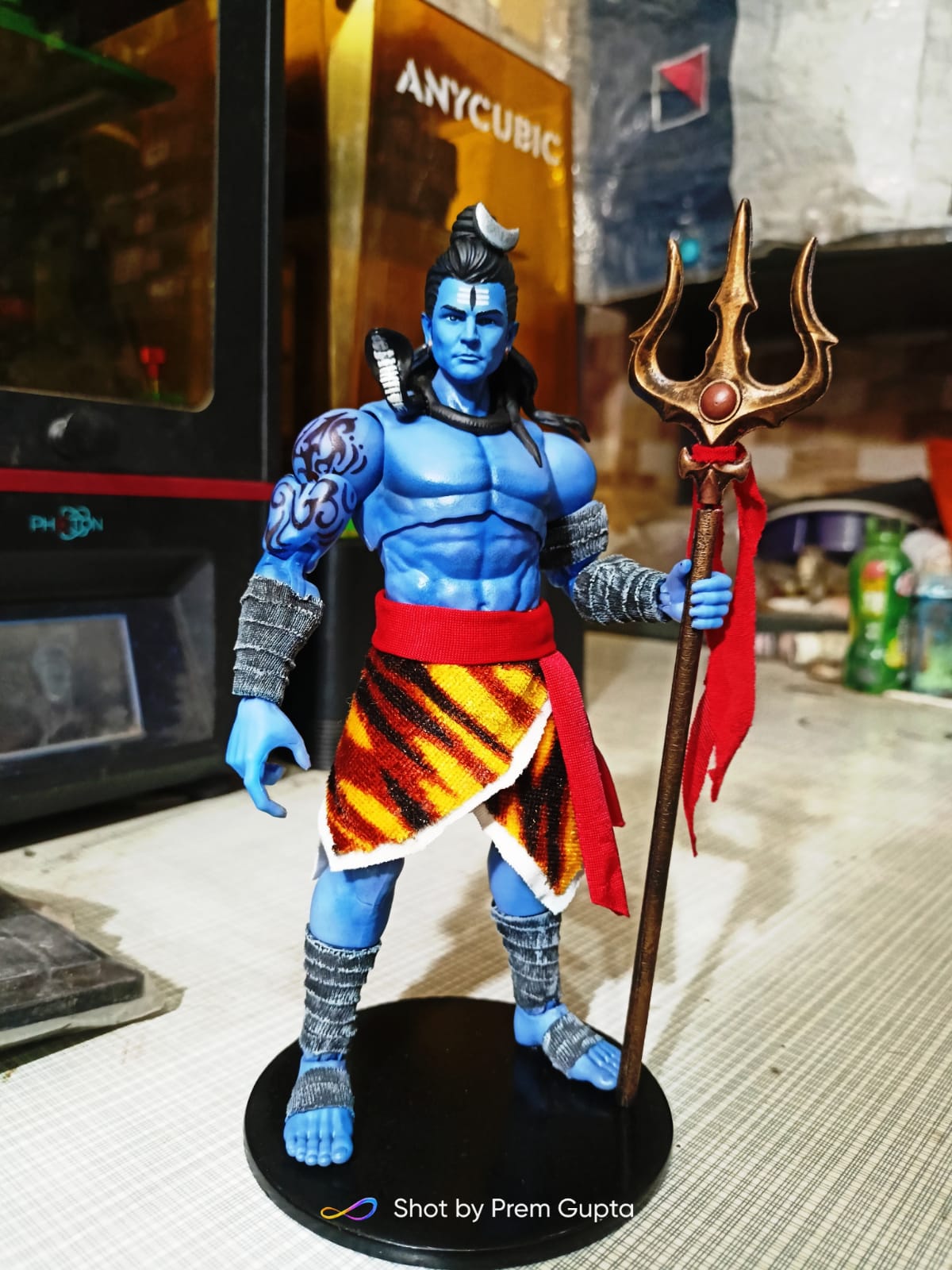



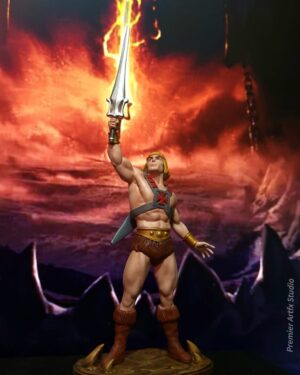
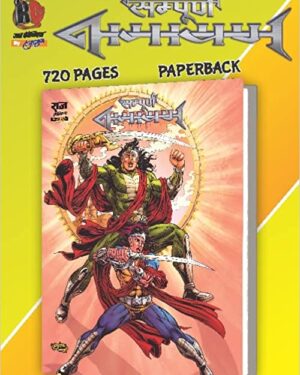
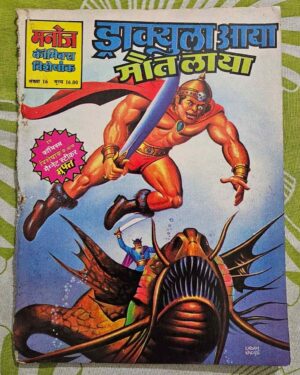

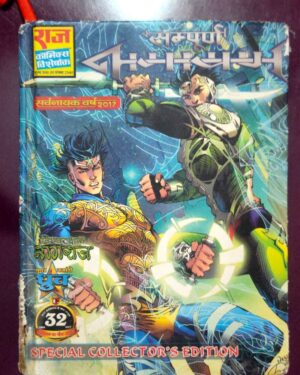


Reviews
There are no reviews yet.